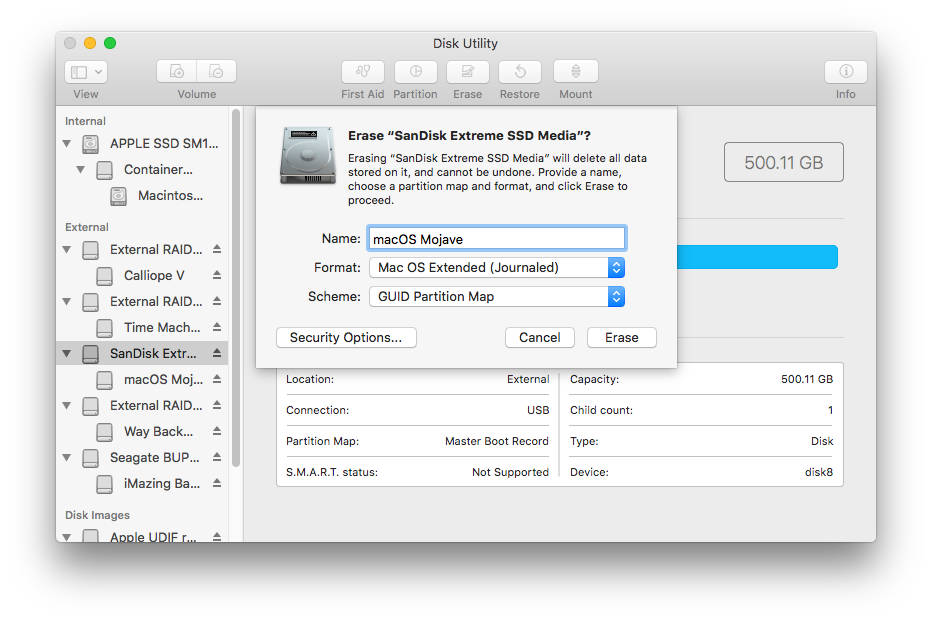
Attempting to repair but worried that my Snow Leopard disk will overwrite the Lion recovery partition.

UPDATE: I verified my disk and got these errors. Click the Format pop-up menu, then choose a file. If the Scheme pop-up menu isn’t available, make sure you selected the storage device you want to eraseit’s at the top of the hierarchy. Click the Scheme pop-up menu, then choose GUID Partition Map. Here are screenshots of the error and whatnot. In the sidebar, select the storage device you want to erase, then click the Erase button. I've tried editing it in normal and in debug mode while running Lion, and I've tried in recovery mode. I have enabled debug mode in Disk Utility and tried other stuff, but to no avail.
#Mac disk map install
I do not want to do a clean install if at all possible. Underlying error: 8: POSIX reports: Exec. All seems ok, system works very well and very fast, but after install Onyx I've received the same message: Error: -69845: File system verify or repair failed. On the Utilities window, select Disk Utility. Select a language, then your account, and enter the password for it. On an M1 Mac: Turn off your Mac, and press the power button until you see the Options Menu.
#Mac disk map pro
When I go to expand it, I get the error in the title of this question.Īfter searching this forum and Google, I found a lot of people with similar problems but none receiving this exact error with any resolution. I've just installed a new Crucial SSD MX100 to my old MacBook Pro 3,1 (2007) with latest version of Yosemite. To map the drive, go to My Computer/This PC and click on the Map Network Drive button in the top ribbon, under the tab Computer. On an Intel-based Mac: Restart your Mac, then hold the Command + R keys until the Apple logo shows up. I also deleted the boot camp from inside VMWare Fusion. Select a location where Disk Drill will save the backup file. Then, select the faulty drive (if it’s your system drive, select APPLE SSD) and click Create backup. On the left sidebar, click Byte-to-byte Backup.

GUID Partition Map can be used on Intel-based Macs, Apple M1 Macs, and even some latest Windows. Launch Disk Drill (Finder > Applications).

Usually, only GUID Partition Map (APM) is available for APFS format. There are four types of APFS in Disk Utility.
#Mac disk map for mac
So I deleted the boot camp partition using disk utility and then attempted to expand the main partition to fill this now unallocated space. It has replaced Mac OS Extended to be the default file system for Mac startup disk from macOS High Sierra (10.13) in 2017. I upgraded to Lion and decided I no longer want 100 GB of my drive devoted to Boot Camp, I never boot into Windows, I just use it as a VM anyways.


 0 kommentar(er)
0 kommentar(er)
